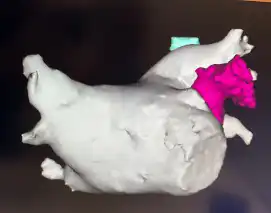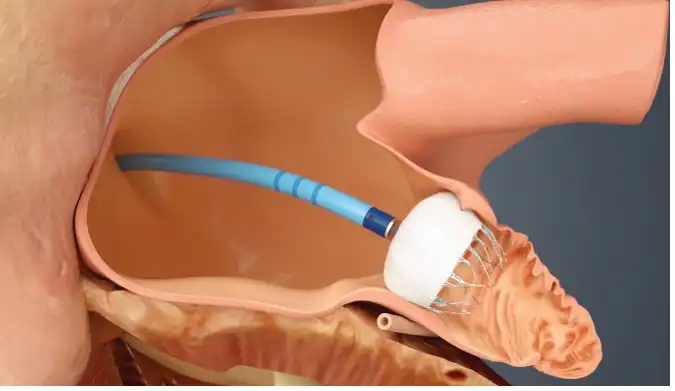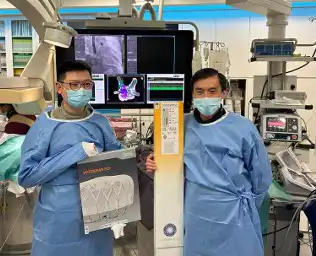Why does atrial fibrillation (AF) cause strokes?
When the heart is shaking during AF, blood flow becomes stagnant and blood clots are more likely to form. The brain is the first major organ to be supplied from blood pumped from the heart. Even the blood clots travel into the brain, it causes disruption of blood supply to that part of the brain which can be permanently damaged. The strokes caused by atrial fibrillation often cause significant disability and loss of independent living.
Which patients need to take blood thinners to prevent strokes?
A simple-to-use bedside score, called the CHADS₂-VASc score, can help to predict an individual’s stroke risk. It considers your age, gender, whether you have hypertension, diabetes, previous strokes, disease of your blood vessels, and heart failure. Based on this score, your doctor will recommend whether you need to take specific blood thinners to prevent blood clot formation and thus, strokes.
What are the alternatives to taking lifelong blood thinners?
Some patients cannot tolerate blood thinners and may be advised to undergo a minimally invasive procedure called left atrial appendage occlusion. The left atrial appendage is the source of 95% of blood clots in atrial fibrillation patients. By permanently sealing off the left atrial appendage with an umbrella-like device, patients can get the same level of stroke prevention as those taking blood thinners long-term. 3 months after this procedure, patients can stop taking blood thinners safely.
The left atrial appendage (in purple) is a blind alley within the heart that is responsible for generating 95% of stroke-causing clots in AF patients.

Left atrial appendage occlusion


Can left atrial appendage occlusion be done at the same time as catheter ablation for AF?
Yes. We have been doing these combined procedures since 2020. With a single procedure, we can successfully suppress AF and prevent strokes. The majority of patients no longer need to take heart rhythm medications or blood thinners after a few months.
Dr Jeremy Chow and Pipin Kojodjojo performing the first combined pulsed field ablation and left atrial appendage procedure in Southeast Asia in 2022.

